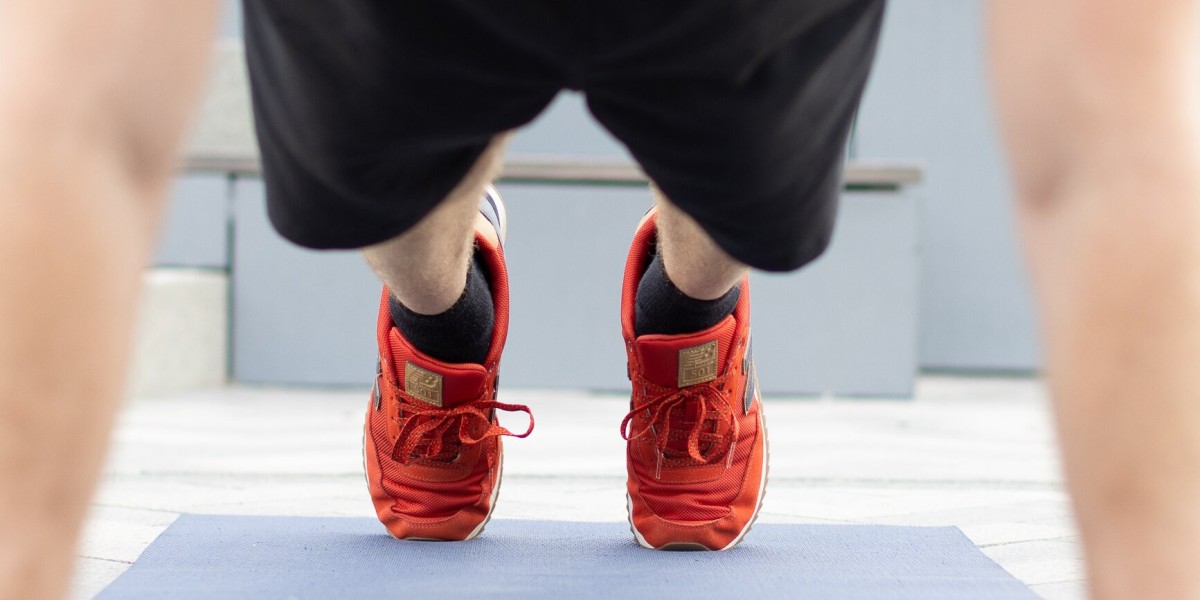What affects the pulse?
The rhythmic contractions of the heart push blood into the vascular system. This causes the artery walls to vibrate, which is called the pulse.
Heart rate parameters
The characteristics of the pulse are:
The number of oscillations of the arterial wall per minute is the pulse rate;
Intervals between shocks – rhythm (if the intervals are the same, the pulse is considered rhythmic, if they are different, it is arrhythmic);
The volume of blood ejected at the peak of the pulse wave is filling.
Where is the pulse measured?
There are several options for measuring your pulse:
In the armpit;
On the radial artery (wrist) in the area of the first finger;
On the forearm - on the artery in the elbow bend;
On the ulnar artery on the outside of the wrist;
On the thigh in the groin area;
On the carotid artery, located in the middle of the neck;
On the temple - just above the cheekbone.
To obtain accurate results, measure your pulse at rest. It is not recommended to measure the indicator immediately after physical activity or eating.
Features of the measurement process
To measure your pulse, place your middle and index fingers on your wrist, neck, temple or thigh. Use a stopwatch to measure 60 seconds and count the number of beats during this period.
The pulse is measured with the middle and index fingers, and not the thumb, as many people think.
Sometimes, to speed up the process, the bullets are counted for 15 seconds, and then the result is multiplied by 4. Measurements can also be taken for 30 seconds, then the resulting figure must be multiplied by 2. But the optimal and most reliable option is considered to be counting the number of beats per minute.
Pulse measurements can be carried out instrumentally - with the help of an automatic tonometer. This function is present in most modern models, for this purpose they have a built-in pulse sensor. Some devices not only determine the values of pressure, pulse, but also detect signs of arrhythmia. This allows you to take timely measures to prevent dangerous consequences.



